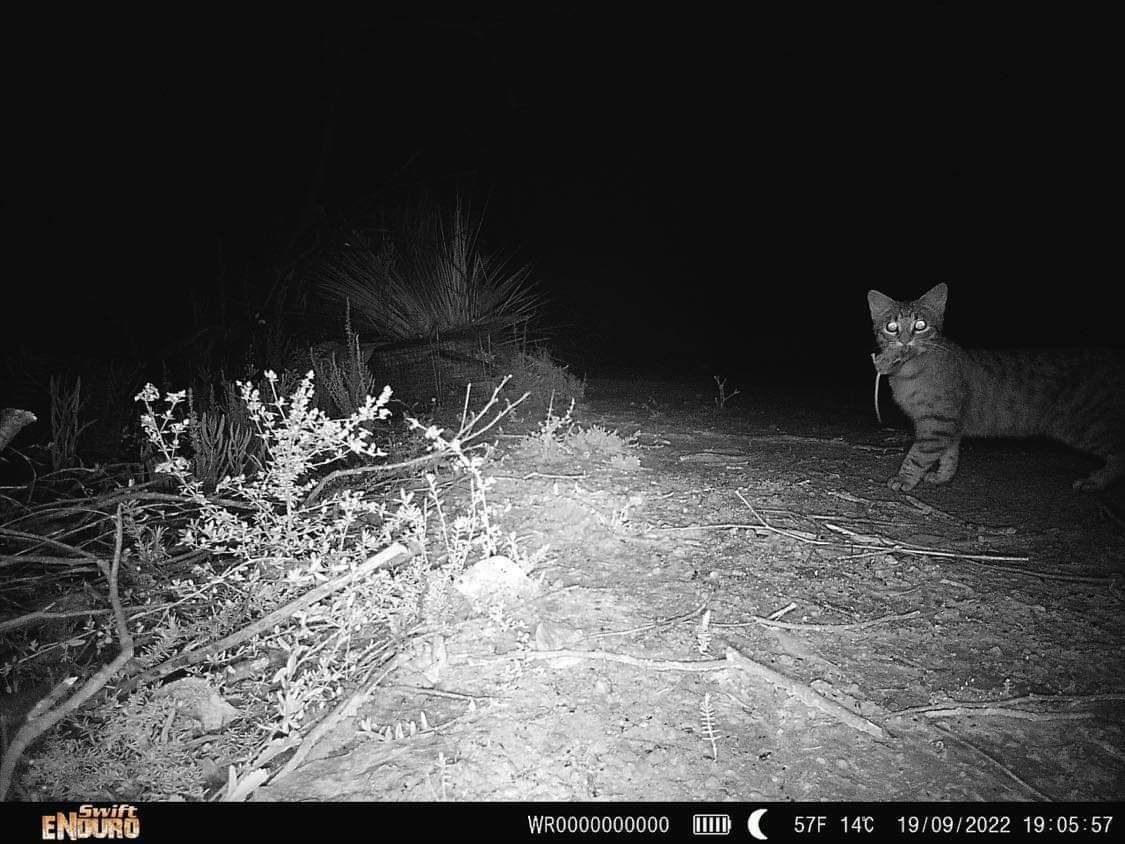AWC is embracing AI technology to take huge strides in the efficiency and effectiveness of our conservation work. Meet two of our latest and greatest conservation champion technologies: the Species Classifier Model V4 and Felixer 3.2.
Species detection and identification can be a significant challenge for our staff, with camera traps capturing millions of images, all of which need to be sorted. Trawling through this data takes a mammoth amount of time (and caffeine) and manually filtering out all the pictures triggered by leaves moving in the breeze is not a task for the faint-hearted.
Here’s where our machine learning technology comes in. Our Species Classifier model has been ‘trained’ to identify common species in a specific area, pulling its knowledge from a set of over a million images to identify species with over 95% accuracy. This training is time-intensive, but the results are very promising…
Our current version of the species identifier has processed over eight million images, now enabling detection of 42 target species from across the country.
Our Chief Information Officer, Damien Kerr, says: “One of our staff used the AI platform to process 590,000 images in bulk. The entire process from AI processing to human verification took about 72 hours, compared to the many months it would ordinarily have taken.”
This increased efficiency gives near-real time information to scientists and land management staff, which can be invaluable for allowing ecologists and Land Management Officers to respond quickly while the detected animals may still be around, moving traps to feral cats’ most recent haunts, for instance.
But even with this improved access to feedback, feral cat trapping is extremely difficult. Many cats are wary of traps, and no matter how well-informed our land managers are in their trap placement, the cats turn their noses up at the lures. As the old saying goes, “You can lead a feral cat to a trap, but you can’t make it take the bait.”
 AWC
AWC
This is where another of our vital tools comes in. While a trap requires activation from the cat biting the lure, Felixers require much less engagement from cats, as they need only walk past for the devices to spray them with a small jet of toxic gel. This method of control is highly targeted, relying on cats’ fastidious grooming habits to ensure the toxin is ingested. This gel contains a feral cat specific amount of 1080, a toxin derived from a native plant which native species have a much higher tolerance for.
Thanks to the Landcare Led Bushfire Recovery Grants, AWC has been able to develop and incorporate AI cameras into the newest Felixer models, improving their efficacy at targeting feral cats. As such, AI Felixer models no longer rely on just a series of sensors to detect a cat based on its height, shape and gait. Now, like The Species Classifier Model V4, AI Felixers are ‘trained’ from a database of images to differentiate feral cats from species local to an area, resulting in a non-target (ie. non-feral cat) detection rate of almost zero! This represents a statistically significant improvement in the targeting precision of current feral predator control methodologies.
Pat Hodgens, contract ecologist for AWC, says, “The work that we’ve done on Kangaroo Island can now be applied broadly, so that anyone across the whole of Australia that is using Felixers can refine species identification for their specific geographical region. With this capability, they can target feral cats more effectively than ever before.”
Support Australian Wildlife Conservancy's science-led conservation work and safeguard the future of Australia's native species
Donate Now